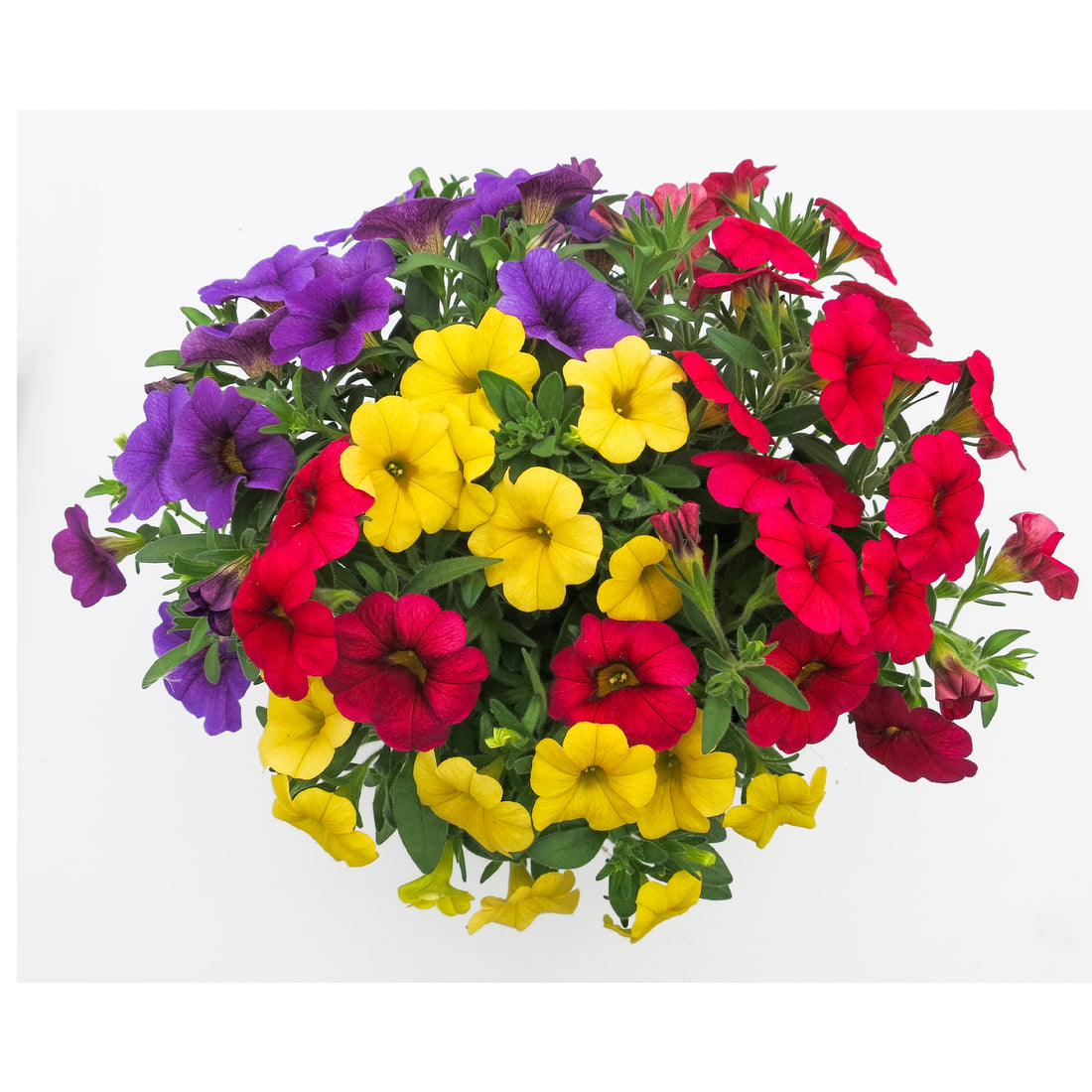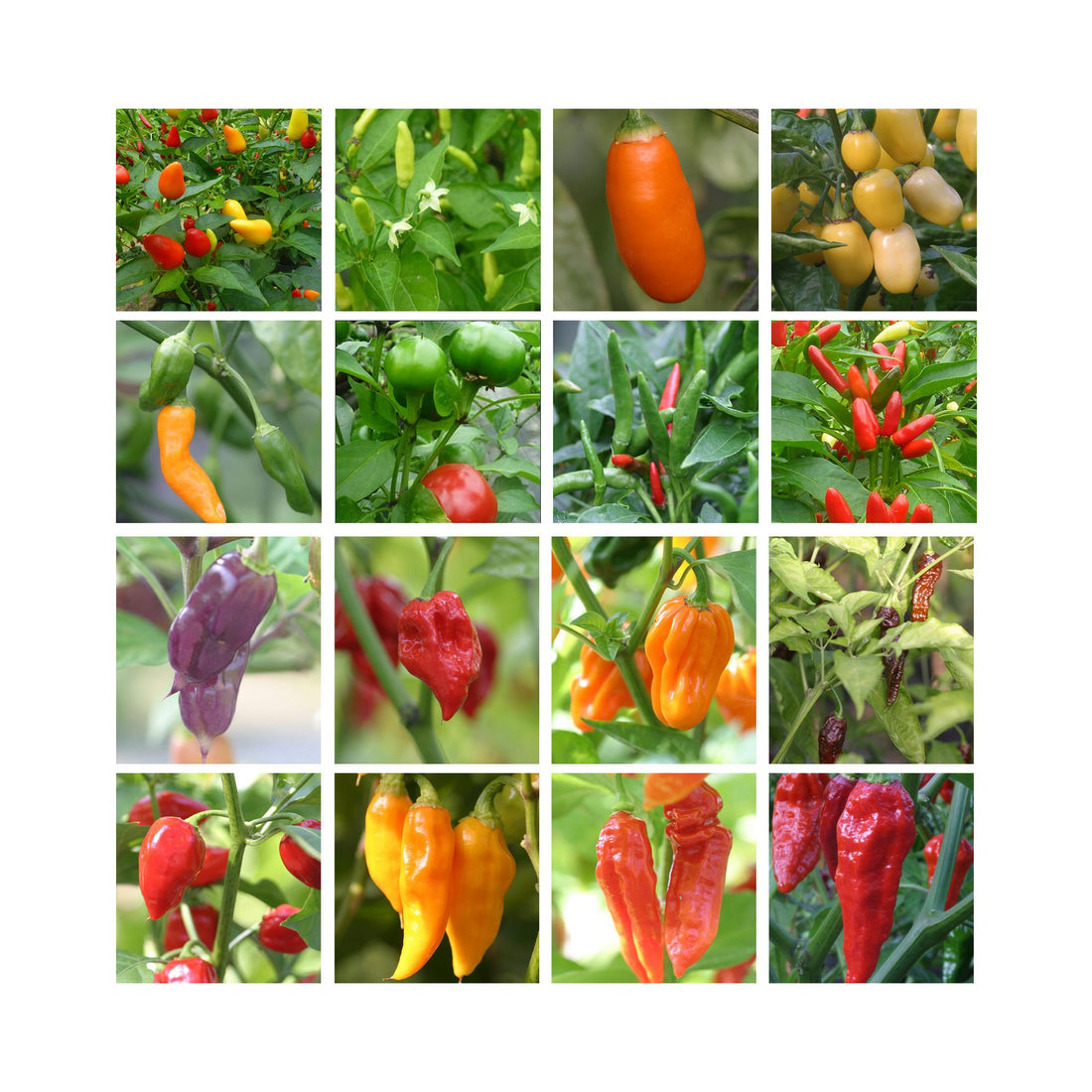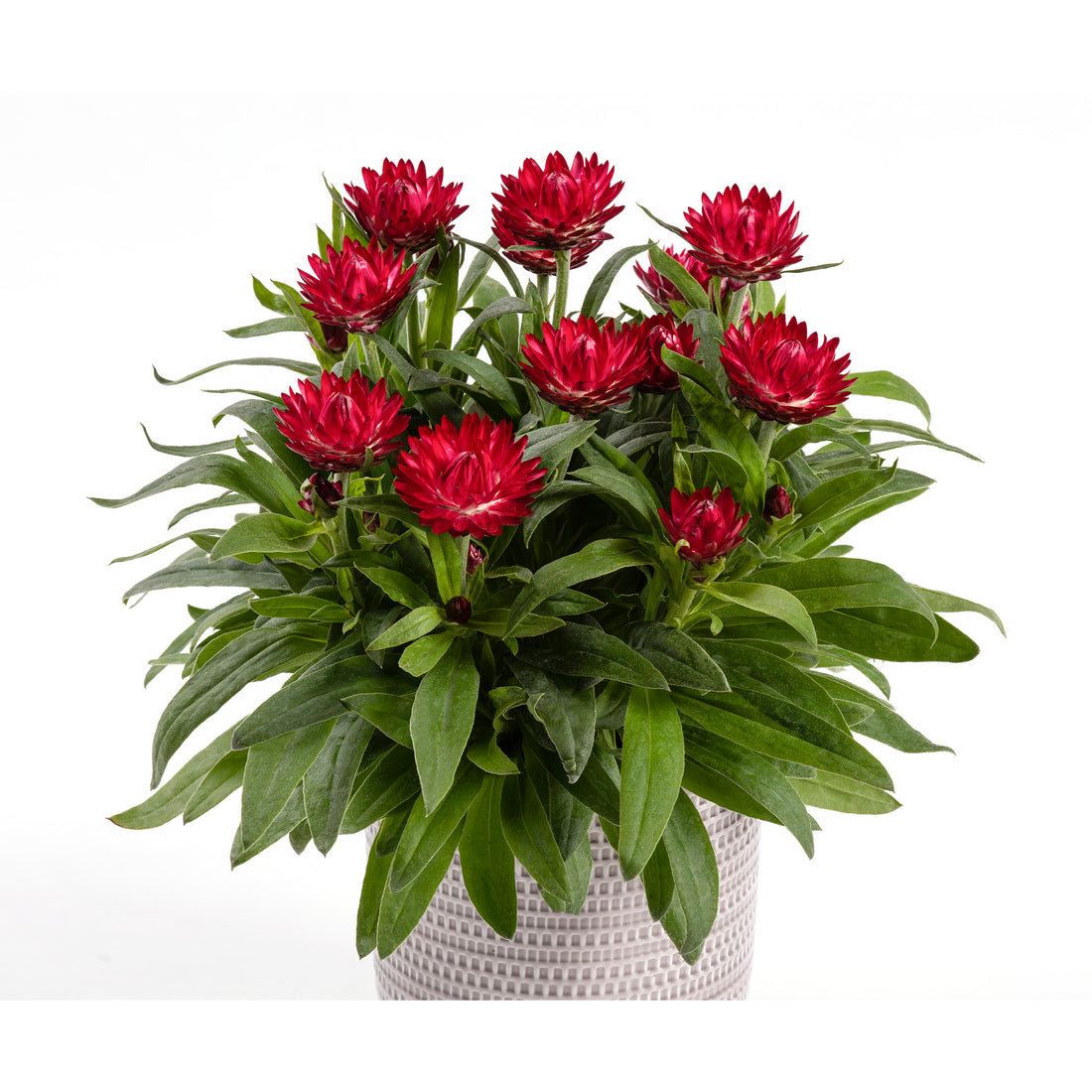Okay, spring is well and truly here, the days are getting longer, and it's time to start thinking about hanging baskets. Early April is the ideal time to plant hanging baskets, especially if you are going to be using plug plants. This is often the most cost-effective way of growing your baskets, but you do have to start them a little bit earlier to still get the same long flowering period.
Why plant from plug plants?
Plug plants are brilliant for hanging baskets. They are cheaper than established plants, but you still get to choose the new and exciting varieties. Many of the hanging basket plants you know and love can't be grown from seed, so cuttings are the only way to get these much-loved varieties. An added benefit of planting from plug plants is they are easier to handle, and if you are really filling your basket, they are simple to plant.
Choosing your plants
Now for the fun bit, choosing your plants. As you probably know, there is a lot of fantastic hanging basket plants. For me, the place to start is to think about structure. I like to have a bit of height in the hanging basket, as well as plants spilling over the side. A good example would be an upright geranium in the centre, surrounded by some trailing plants which can spill over the side. If you plant just trailing varieties in your basket, the baskets can look a bit flat.
What you need to plant hanging baskets
-
Your basket: There are a lot to choose from. This is where size does matter. A basket that is too small will take a lot more effort when caring for them. Aim for a basket at least 20cm in diameter.
-
Your plants: The size of the basket will affect how many plants you need. In the basket I have in the video, I am just planting in the top. This basket is 20cm in diameter, I am going to plant one upright plant in the centre, surrounded by 6 plants on the outside.
-
Some compost: A good quality compost is ideal for this job. Hanging baskets do benefit from feeding regularly, so having a compost with some substance in the form of bark or other organic material does help.
Let's get planting: Your step-by-step guide to planting hanging baskets
-
Add the compost: The first step is to add compost to your hanging basket. Top up almost all the way to the top, leaving the compost around 1cm from the top.
-
Make your planting holes: In a 20cm diameter pot, I am going to plant 7 plug plants in total. First, make one hole in the centre of the compost, then make 6 more holes in a circle closer to the edge of the basket.
-
Remove the plug plants from the cell: Gently remove the plug plants from the cell. Often the best way to do this is to squeeze the base of the cell; this will release the roots and allow you to lift the plant out.
-
Plant your plug plants: First, plant your upright plant in the centre of the compost, making sure not to force it in but rather place the plug in. You are aiming for the top of the root ball to be level with the top of the compost. Now "tuck in" the plug plant, making sure you leave no gaps. Repeat this process for the trailing plants in the remaining holes.
-
Water well: Give your newly planted hanging basket a good water. We want the water to soak through, so water a little, wait for it to sink in, and repeat the process until water comes out of the base of the basket.
Aftercare for your hanging basket
As we are planting this basket up early in the season, you need to be careful of the weather. It is common to get frost as late as June in the UK. Many hanging basket plants will not cope with a frost, so make sure your basket is in a sheltered position. They will be more than happy in a greenhouse, conservatory, or bright room until the weather warms up.
When you have placed the basket outside, be aware that hanging baskets dry out very quickly, especially if the weather is warm. You may need to water your baskets every day. As the flowers begin to appear, feeding with a general-purpose feed will give you stronger plants and a better display.
As with any of our video/blogs, if you do have any questions, please do ask.








